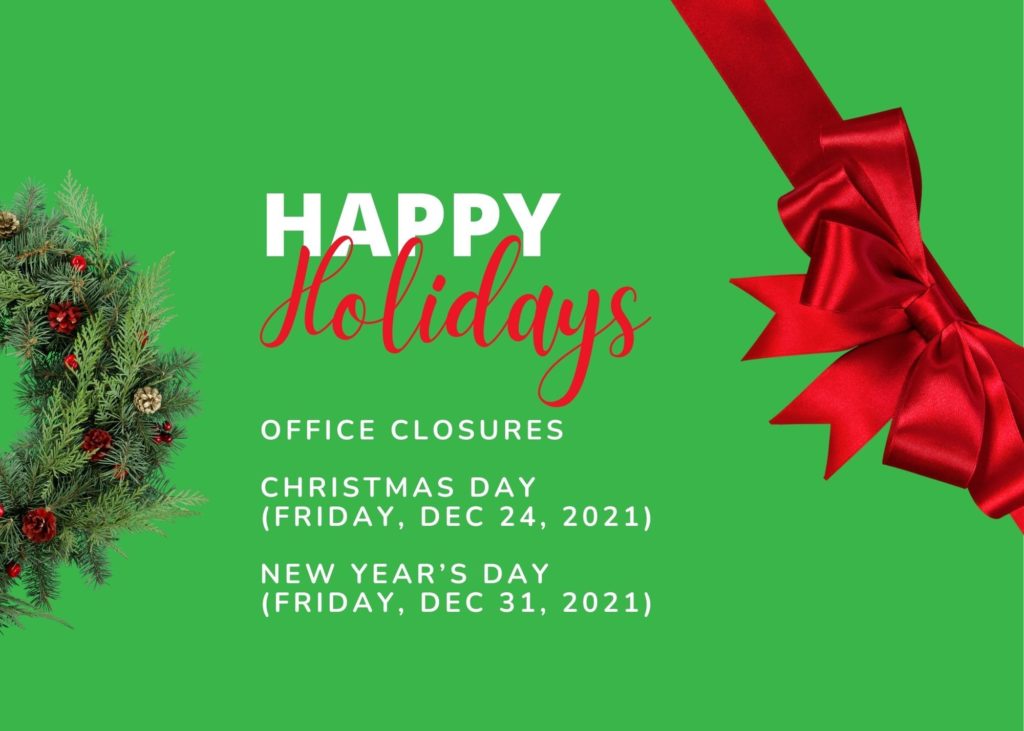The digital landscape is continuously evolving. With recent shifts towards remote work, the industry has entered the remote editing era in which short turnaround times and access to a global talent pool are the norm. The traditional studio environment has been reimagined. But this transformation is not without its challenges. Managing media assets and orchestrating efficient workflows is essential, or productions can get bogged down with inefficiencies and reworks. Effective media workflow management is critical in the remote editing era to compete in an industry expecting quick turnaround and high-quality content.
At its core, media workflow management involves overseeing the entire lifecycle of a media asset from ingest to final distribution. Effective media workflow management requires that each step be meticulously mapped. The objective? To streamline processes, ensure consistent quality, and deliver media content efficiently, regardless of where editing team members are located.
The Role of Media Assets in Workflow Management
The building blocks of any finished video are comprised of the many assets that go into creating the content. These blocks include raw footage, audio, in-process editing files, special effects files, graphic and branding elements, and polished videos ready for distribution on a wide range of platforms and formats. These files are precious, yet too often, they are underutilized. Effective asset management ensures that these media files are cataloged, retrievable, and ready for processing.
In a remote editing setting, this becomes even more critical. When creative teams work in an inefficient and fragmented asset management and storage system, efficiency and quality take a hit. Teams need real-time access to assets without the latency or bottlenecks that can hamper creativity.
Dissecting the Media Workflow Process
Your media assets have a project lifecycle from pre- and post-production to transcode, QC, distribution, and beyond. A comprehensive media workflow process is a roadmap that guides a media asset through its lifecycle. Critical points in the workflow include:
Acquisition and Ingest
Every project begins with acquisition and media ingest, where raw content is imported into the system. This phase requires tools that can handle vast amounts of data swiftly and seamlessly, especially when dealing with high-definition or even 8K content. The best systems will enhance metadata at ingest, adding information about location, format, film dates, and even looking inside for faces, objects, speech-to-text, and other attributes.
Editorial
Once ingested, the editorial phase kicks in. This phase is a dynamic and creative workflow stage from video editing, visual effects, animation, and motion graphics to photography, audio editing, color-grading, and finishing. Different creatives may be working with different apps. They need to be able to collaborate effectively and share files seamlessly. In today’s remote era, cloud-based tools and platforms allow editors to collaborate in real-time, annotate, and share feedback without being in the same physical space. Bottlenecks in this phase result in lost time and expensive reworks and can pull creators out of the flow.
Media management steps into the limelight at this critical content creation stage, ensuring that the processed assets are organized, backed up, and stored with metadata tagging. This optimization is crucial for easy retrieval, version control, and updates. In remote editing, it’s not just about storage but accessibility. Cloud-based asset management solutions allow teams to pull or push content irrespective of their geographical location.
Transcoding and Distribution
Finally, the media distribution phase takes center stage. Once content is polished and ready, it’s dispatched to various platforms – be it streaming services, broadcast channels, or digital platforms. Ensuring content reaches the right platform in the correct format in a fragmented media consumption world is paramount. The sheer number of broadcast outlets, OTT, and social media platforms are as numerous as they are diverse. Viewers are accessing content on every conceivable device. Gone are the days when media distribution was linear. Today, it’s multi-directional and multi-platform. As media is edited and refined remotely, it must also be distributed to a global audience. Media workflow management ensures that distribution is timely, format-compliant, and aligned with the target audience’s consumption habits.
Archiving and Repurposing
The value of your assets shouldn’t disappear after distribution. An effective media management system will support extending the life of your media files and allow you to repurpose valuable content.
Integrating Workflow Management in the Remote Era
With teams now dispersed, robust workflow management is the glue that holds the process together. It’s not just about individual tasks but orchestrating them to work harmoniously. Whether it’s ensuring that media assets are easily accessible to editors across the globe or streamlining feedback loops, workflow management tools must be agile, cloud-native, and intuitive.
The remote editing era has redefined the boundaries of media creation and distribution. It’s dismantled geographical barriers but introduced new challenges in collaboration and accessibility. Amidst these shifts, media workflow management stands as the backbone, ensuring that from media ingest to distribution, every step is executed flawlessly.
Organizations can thrive in this new landscape by integrating tools and solutions that cater to media asset management, processing, and distribution. As the adage goes, ‘change is the only constant.’ The key to navigating this change in the media world is a robust, flexible, and efficient media workflow management system.
Contact Us Today
CHESA has a passion for the nuances of media workflow integration. We have strong partnerships with the best-of-breed technology providers in the creative IT industry. We take a holistic approach in recommending solutions that bring real value and benefits to your organization rather than selling technology for technology’s sake. Our team comes to the table with deep knowledge of the tools and vendors. It is ready to address the demands and requirements of your environment and advance your business goals. Contact us today to find out more about how automating workflows in the Adobe ecosystem can bring greater efficiency and free up your creatives for their very best work.















